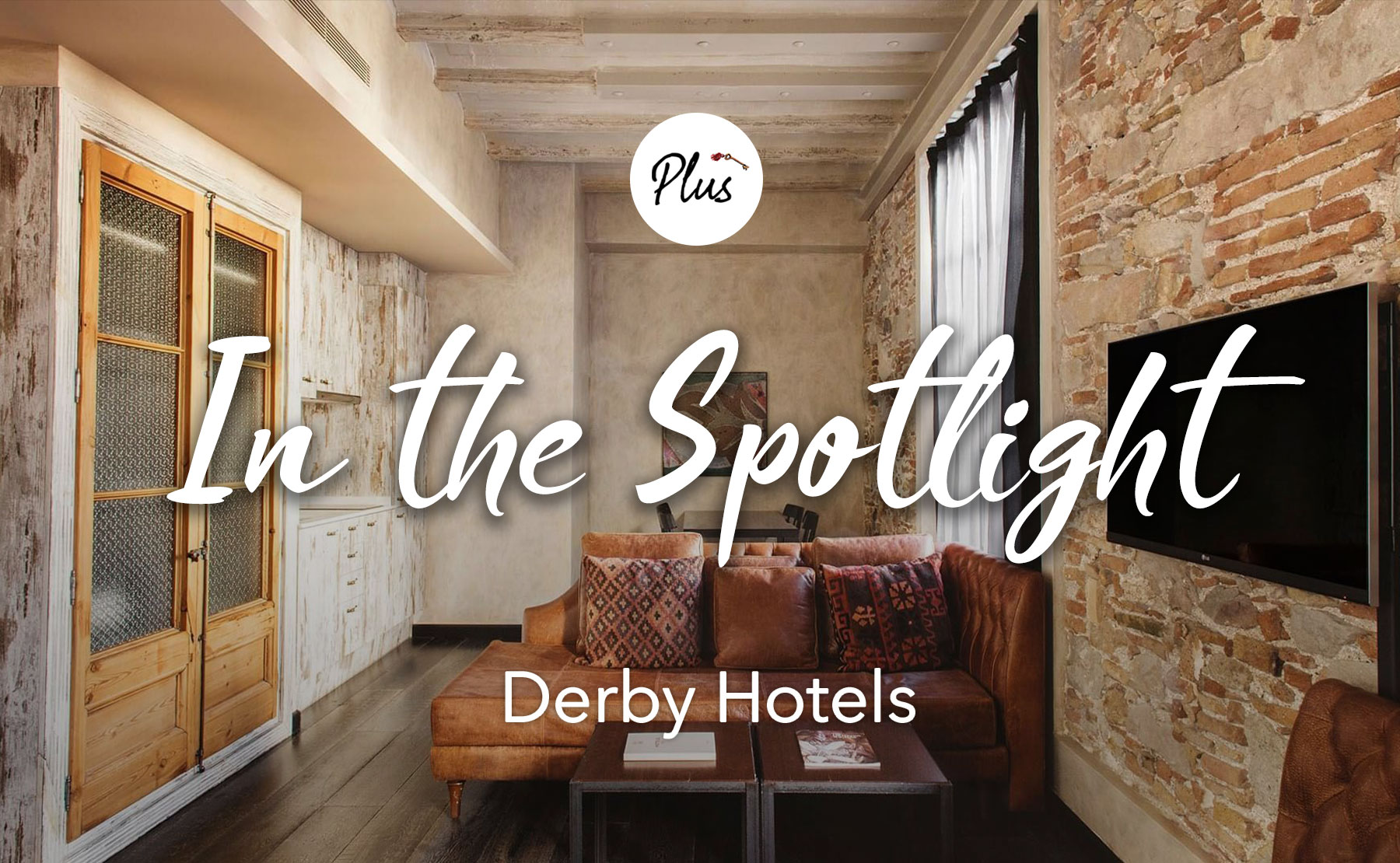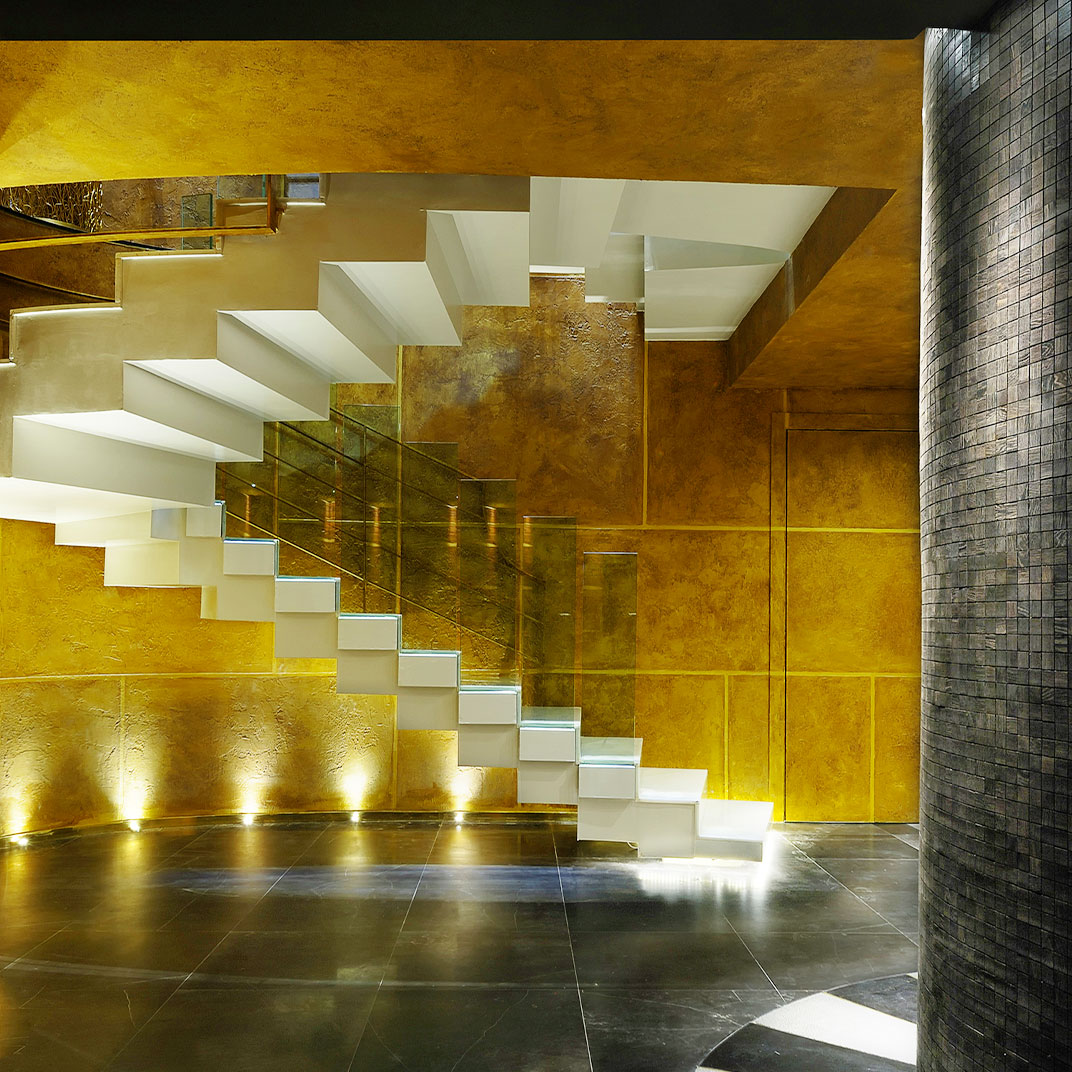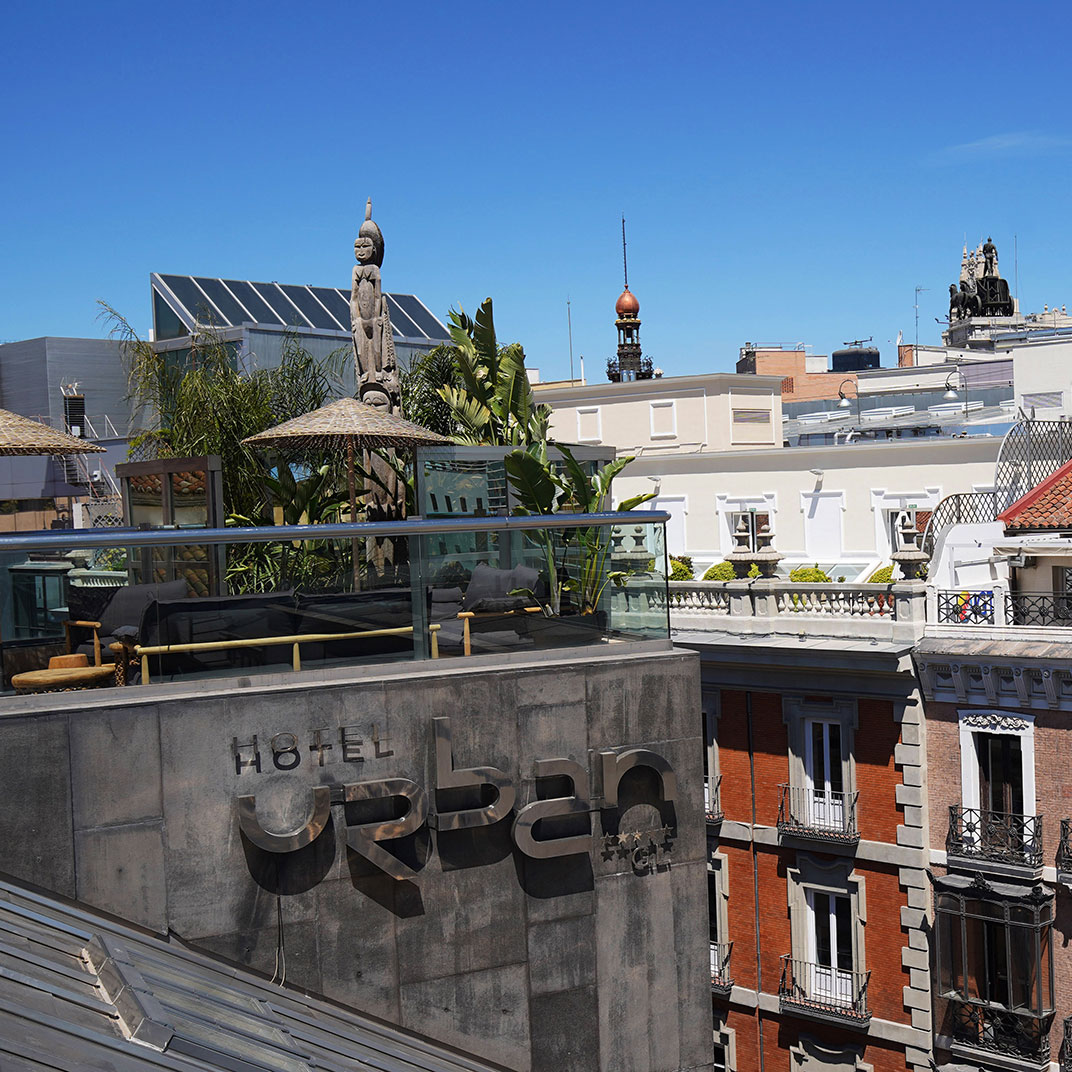
Click on the hotels below to see the perks and privileges they’re currently offering. Click here to learn more about Tablet Plus.

Arai Aparthotel Barcelona
Barcelona, Spain
In Barcelona’s Gothic Quarter — site of the city’s original Roman settlement — an 18th-century structure is practically brand new. But to modern-day visitors, there’s no doubt that the Hotel Arai is housed in a building from another century. The exterior is still decorated with the original sgraffito — a large-scale wall decoration that falls somewhere between a fresco and a carving — and the lobby features a healthy dose of brickwork that hasn’t been altered for three centuries.

Hotel Bagués
Barcelona, Spain
There’s more to Barcelona, architecturally speaking, than just Gaudí. Hotel Bagués is a fine example, a nineteenth-century edifice in the Romantic Classical style, an aesthetic that’s as eclectic as its contradictory name would suggest. In its current incarnation it’s a luxury boutique in a style that’ll be somewhat familiar to old Barcelona hands — a little bit Gothic, a little bit minimalist, with high-end fixtures and furnishings and a dark, rich color scheme, the better to balance that blazing Spanish midday sun.

Hotel Urban
Madrid, Spain
Madrid may be the more conservative of Spain’s big cities, but there’s plenty of modern design, made all the more striking by the contrast with the city’s prevailing classic architecture, much of it dating to the 18th century and earlier. In the center of Habsburg Madrid, near the Puerta del Sol, stands the Hotel Urban, a stunning modern structure surrounded by centuries-old buildings, its metal and glass construction standing out against the neighboring stonework. Contemporary design isn’t the whole story, though. The Urban may have the slightly edgy, industrial feel of the most stylish new boutiques, but it adds to this formula a generous helping of individuality.


